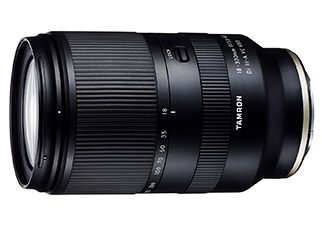The X-E4 inherits a lot of the goodies from the most current Fujifilm cameras, including improved autofocus, respectable video specifications, and very outstanding burst shooting rates, thanks to Fujifilm’s newest sensor and CPU combination. And if you shoot JPEG, you now have access to eighteen of Fujifilm’s outstanding film simulations.
The X-E4 is priced at Rs 74,999 for body only. The X-E4 is similar to the Fujifilm X-S10 and much like the X-T4 except for the lack of image stabilization. Is it good enough to be considered for your future camera purchase? Let us check.
Key specifications:
- 26MP APS-C sensor with X-Trans colour filter array
- 3.0″ tilting touchscreen with 1.62M dots (can tilt up 180 degrees)
- 2.36M-dot electronic viewfinder, 0.62x magnification
- DCI 4K/30p, 4:2:0, 8-bit internal video recording (4:2:2 10-bit over HDMI out)
- Full HD video at up to 240p, for 10x slow motion
- 8 fps burst shooting with mechanical shutter (20 fps with electronic)
- CIPA rated to 460 shots per charge (NP-W126S battery pack)
- 121mm x 73mm x 33mm
- 364g (12.9oz)
Look, Body & Feel
Just as the X-E3 experienced a small reduction in size and control points when compared to the X-E2, so does the X-E4 when compared to the X-E3. The camera body is somewhat smaller (but slightly heavier) than the previous generation.
When it comes to the grip the body is quite uncomfortable to use as it feels like you are holding a bar of soap. But you can’t really excpet much from a vintage style camera. Also after using the MHG-XE4 hand grip and TR-XE4 thumb grip, it it was quite comfortable to hold the camera and shoot. The camera looks attractive, the leather look feels nice in hand and the alloy top plate looks beautiful. Overall the camera feels solid in hand. The camera is designed very minimalistically by Fujifilm to make it look more compact and easy to carry on the go. Buttons and dial placements are comfortable and easy to operate.
Image Quality
We have been using this camera around a week and shot some images in different lighting conditions, let’s see how it performs.





ISO Performance: When it comes to ISO, the Fujifilm X-E4 performs admirably. Until ISO 3200, the photographs captured with this camera had less noise in them. Anything beyond 3200 ISO produced noise, and the photos began to lose clarity.

The X-E4 may not appear to be a natural choice for video work due to its rangefinder-style design, but it is really quite capable. It can capture 4K video at 24 or 30 frames per second, and Full HD video at up to 240 frames per second.
The camera can gather internal 8-bit logs as well as external 10-bit logs through the Micro-HDMI connection. If you want to avoid the trouble of colour-grading in post, the Eterna/Cinema profile, which delivers flat contrast and rich tones, may be exactly what you need.
There is no specific video record button, however this function can be assigned to one of the three custom buttons. When shooting video, AF settings are more limited than when taking stills. While face and eye detection are still available for human subjects, the usual autofocus subject tracking mode in which you place the AF box over your subject and start auto focusing to lock on it is missing. Face and eye detect works well, however the camera will sometimes lose the subject, resulting in a focus break. The cameras also lacks in-body stabilization.
The footage captured with the X-E4 was rather amazing. The video quality was very well exposed, the colours were vibrant, and the details were excellent in both 4K and Full HD.
Conclusion
The X-E4 is a sleek camera with great image quality and a bunch of good functions. It’s the brand’s smallest X-mount option and an excellent choice for street, travel, and hobby photographers. The images are sharp and crisp and the camera can also capture videos well, however the camera lacks in-body stabilisation which could be a challenge for the users. Another area of concern is the AF tracking and grip where other competitors provide a comfortable grip and better AF tracking using face/eye recognition. But overall, the camera is a fantastic option, and if you’re looking for a compact option around Rs. 75,000 for travel or street photography, you should definitely consider the Fujifilm X-E4.

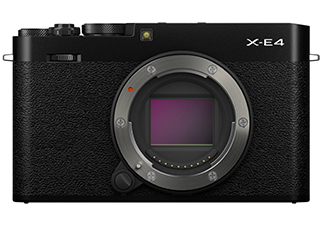

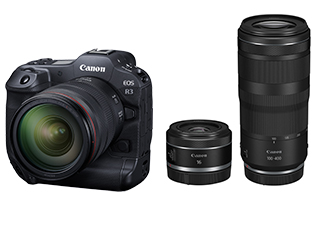
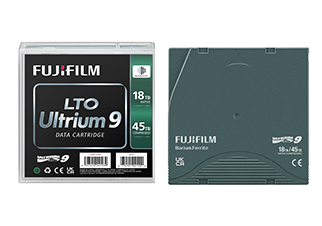
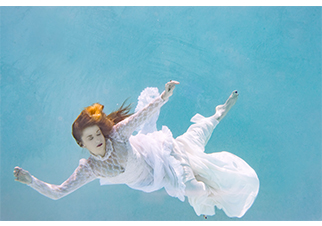
.jpg)

.jpg)



